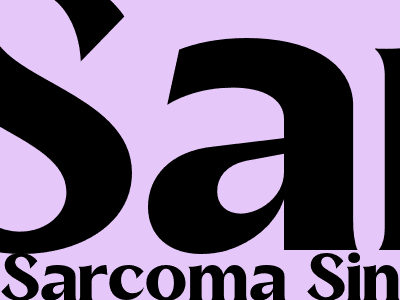Sarcoma Sinovial: An In-Depth Exploration
Overview
Sarcoma sinovial is a rare type of cancer that originates in the synovium, the thin membrane that lines the joints and tendons. It commonly affects the knees, ankles, and feet but can occur in other parts of the body.
This cancer is characterized by its aggressive nature and high risk of spreading, making early diagnosis and treatment crucial.
Symptoms
The most common symptom of sarcoma sinovial is a persistent, painless swelling or lump in the affected joint.
As the tumor grows, it can cause pain, stiffness, and limited range of motion in the joint.
In some cases, the tumor may compress nearby nerves or blood vessels, leading to numbness, tingling, or changes in skin color.
Diagnosis
Diagnosis of sarcoma sinovial typically involves a combination of physical examination, imaging tests, and biopsy.
Magnetic resonance imaging (MRI) is the preferred imaging modality for evaluating soft tissue tumors, providing detailed images of the tumor's size, location, and extent.
A biopsy, which involves removing a tissue sample from the tumor, is essential for confirming the diagnosis and determining the type of sarcoma sinovial.
Treatment
The primary treatment for sarcoma sinovial is surgery to remove the tumor.
The extent of surgery depends on the tumor's size, location, and stage.
In some cases, chemotherapy or radiation therapy may be used before or after surgery to improve outcomes.
Prognosis
The prognosis for sarcoma sinovial varies depending on the tumor's stage, size, and location.
Early-stage tumors that are localized to the joint have a better prognosis than advanced tumors that have spread to other parts of the body.
The five-year survival rate for localized sarcoma sinovial is approximately 80%, while the survival rate for metastatic sarcoma sinovial is around 50%.
Conclusion
Sarcoma sinovial is a rare but aggressive type of cancer. Early diagnosis and treatment are essential for improving outcomes.
If you experience any persistent swelling or pain in a joint, it is important to consult a healthcare professional for evaluation.

Komentar